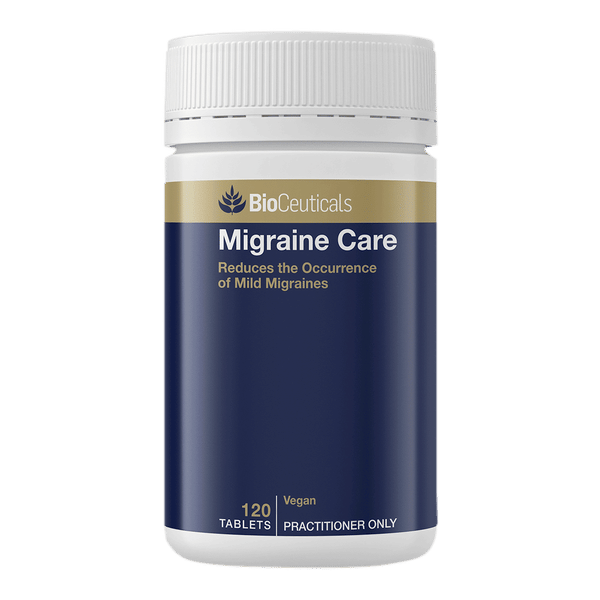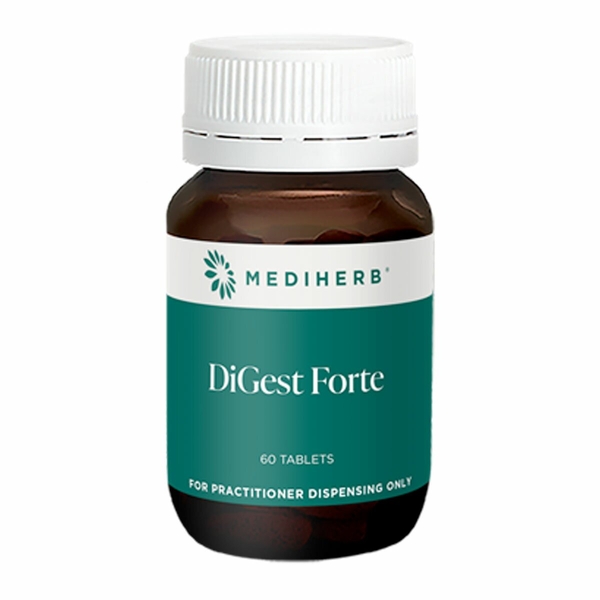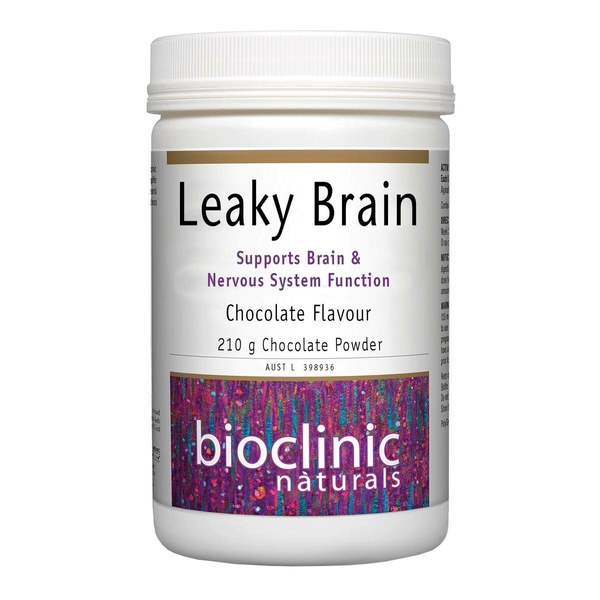
Background
Feverfew leaves contain many different chemicals, including one called parthenolide. Parthenolide, as well as other chemicals in feverfew, might help decrease migraine headaches.
People most commonly use feverfew for migraine headaches. People also use feverfew for itching, tension headache, and many other conditions, but there is no good scientific evidence to support these uses.
Safety Safety definitions
Chewing the fresh leaves of feverfew is possibly unsafe. It can cause mouth sores, swelling of the mouth, and loss of taste.
Special Precautions & Warnings:
Pregnancy: Feverfew is possibly unsafe when taken by mouth during pregnancy. There is concern that it might cause early contractions and miscarriage. Don't use feverfew if you are pregnant.Breast-feeding: There isn't enough reliable information to know if feverfew is safe to use when breast-feeding. Stay on the safe side and avoid use.
Bleeding disorders: Feverfew might slow blood clotting. Taking feverfew could increase the risk of bleeding in some people. Until more is known, use feverfew cautiously if you have a bleeding disorder.
Allergy to ragweed and related plants: Feverfew might cause an allergic reaction in people who are sensitive to the Asteraceae/Compositae plant family. This includes ragweed, chrysanthemums, marigolds, daisies, and many others. If you have allergies, be sure to check with your healthcare provider before taking feverfew.
Surgery: Feverfew might slow blood clotting. It might cause bleeding during and after surgery. Stop taking feverfew at least 2 weeks before a scheduled surgery.
Effectiveness
- Migraine. Taking feverfew by mouth, alone or with other ingredients, can reduce the frequency and duration of migraine headaches. It might also reduce pain, nausea, vomiting, and sensitivity to light and noise.
Dosing & administration
Interactions with pharmaceuticals
Medications changed by the liver (Cytochrome P450 1A2 (CYP1A2) substrates)
Interaction Rating=Moderate Be cautious with this combination.
Some medications are changed and broken down by the liver. Feverfew might change how quickly the liver breaks down these medications. This could change the effects and side effects of these medications.
Medications changed by the liver (Cytochrome P450 2C19 (CYP2C19) substrates)
Interaction Rating=Moderate Be cautious with this combination.
Some medications are changed and broken down by the liver. Feverfew might change how quickly the liver breaks down these medications. This could change the effects and side effects of these medications.
Medications changed by the liver (Cytochrome P450 2C8 (CYP2C8) substrates)
Interaction Rating=Moderate Be cautious with this combination.
Some medications are changed and broken down by the liver. Feverfew might change how quickly the liver breaks down these medications. This could change the effects and side effects of these medications.
Medications changed by the liver (Cytochrome P450 2C9 (CYP2C9) substrates)
Interaction Rating=Moderate Be cautious with this combination.
Some medications are changed and broken down by the liver. Feverfew might change how quickly the liver breaks down these medications. This could change the effects and side effects of these medications.
Medications changed by the liver (Cytochrome P450 2D6 (CYP2D6) substrates)
Interaction Rating=Moderate Be cautious with this combination.
Some medications are changed and broken down by the liver. Feverfew might change how quickly the liver breaks down these medications. This could change the effects and side effects of these medications.
Medications changed by the liver (Cytochrome P450 3A4 (CYP3A4) substrates)
Interaction Rating=Moderate Be cautious with this combination.
Some medications are changed and broken down by the liver. Feverfew might change how quickly the liver breaks down these medications. This could change the effects and side effects of these medications.
Medications that slow blood clotting (Anticoagulant / Antiplatelet drugs)
Interaction Rating=Moderate Be cautious with this combination.
Feverfew might slow blood clotting. Taking feverfew along with medications that also slow blood clotting might increase the risk of bruising and bleeding.
Interactions with herbs & supplements
Interactions with foods
Products
View all products- Tanacetum parthenium (Feverfew) ext. 40 mg equiv. parthenolide 200 μg
- Riboflavin (Vitamin B2) 200 mg
- Pyridoxine hydrochloride (Vitamin B6) 15.19 mg equiv. pyridoxine 12.5 mg
- Calcium folinate (Activated folate) 347.2 μg equiv. folinic acid 250 μg
- Cyanocobalamin (Vitamin B12) 200 μg
- Magnesium citrate 928.22 mg equiv. magnesium 150 mg
- Ubidecarenone (Coenzyme Q10) 75 mg
- Tanacetum parthenium (Feverfew) ext. 33 mg
- Hemidesmus indicus ext. 100 mg
- Rehmannia glutinosa ext. 1.75 mL
- Bupleurum falcatum ext. 1.4 mL
- Tanacetum parthenium (Feverfew) ext. 25 mg
- Camellia sinensis ext. 125 mg
- Ocimum tenuiflorum ext. 105 mg
- Curcumin (Turmeric) 10 mg
- Dimethyl sulfone (MSM) 60 mg
- Lavandula angustifolia ext. 100 mg
- Theobroma cacao ext. 520 mg
- Acetyl levocarnitine hydrochloride (Acetyl-L-carnitine) 117.94 mg
- L-leucine 100 mg
- Magnesium citrate 705.74 mg equiv. magnesium 80 mg
- Inositol 100 mg
- Cholecalciferol 12.5 μg equiv. vitamin D3 500 IU
- Thiamine nitrate (Vitamin B1) 18.51 mg equiv. thiamine 15 mg
- Nicotinamide (Vitamin B3) 15 mg
- Pyridoxine hydrochloride (Vitamin B6) 30.39 mg equiv. pyridoxine 25 mg
- Folic acid 150 μg
- Co-methylcobalamin (Vitamin B12) 50 μg









